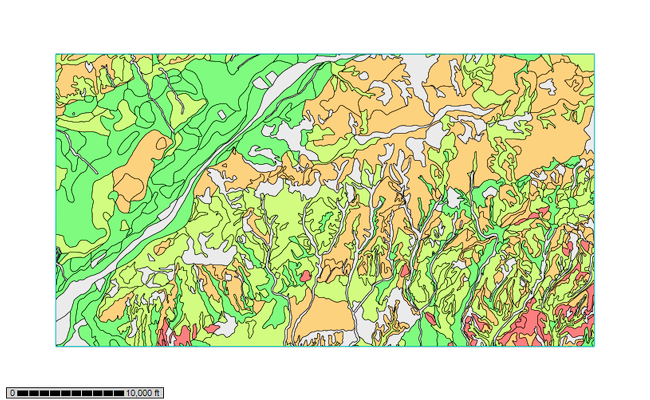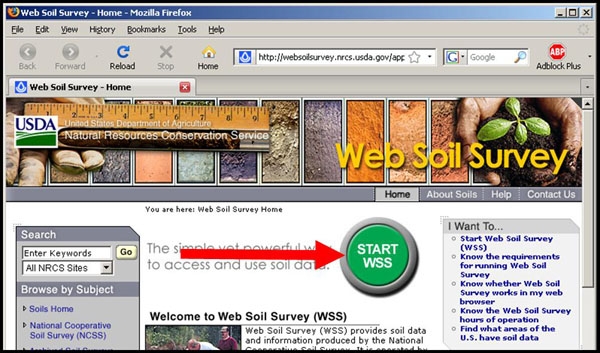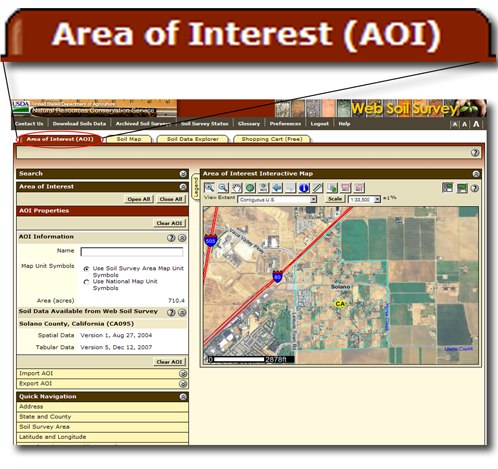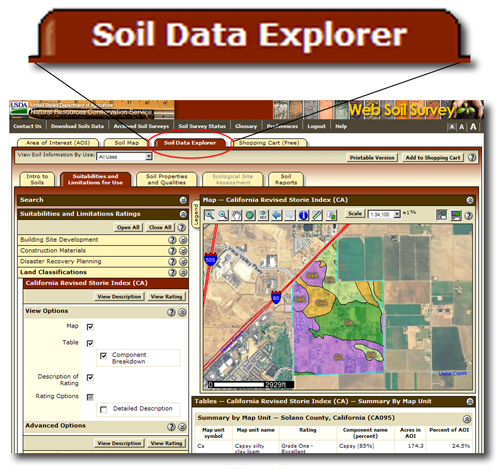
Posts Tagged: survey
Avocado Vars and Roots "Shoot"
For those who missed it and for those who missed catching all the fine and coarse details of the hybrid zoom/in-person meeting on avocado varieties and rootstocks, here it is - the Shoot. Also, there is a survey on avocado rootstocks that a group of researchers headed by Patricia Manosalva at UC Riverside would like you to complete in order to help direct their breeding program.
California Avocado Growers Seminars Series 2022
From the:
August 17
Live Seminar and Hybrid Zoom
Avocado Varieties Panel Discussion
A big thank you to our Speakers
Speakers:
Click here for the August Seminar Recording
Also tell us about your rootstock breeding interests:
https://surveys.ucanr.edu/survey.cfm?surveynumber=38885

avocado rootstock
Grower Practices in the Face of COVID - Survey
The UC Davis Western Center for Agricultural Health and Safety (WCAHS) is inviting all California growers, farm labor contractors and ag supervisors to complete a short survey about their experience addressing COVID-19? in the workplace.
“At the UC Davis Western Center for Agricultural Health and Safety, we are working to respond to the COVID-19 crisis with practical resources for growers, ag employers, and farmworkers,” said Heather E Riden, agricultural health and safety program director. “The goal of this survey is to understand what practices farms are implementing to prevent COVID-19, where they have seen success, and where there may be challenges. We will take this information to assess whether there are new resources, trainings, or information that we can provide.”
The survey ?is anonymous, should take less than 10 minutes ?to complete?, and is available in English and Spanish at https://ucdavis.co1.qualtrics.com/jfe/form/SV_2f6Dn5TL8x2aNgh and https://bit.ly/agCOVIDsurvey.
Respondents are given the opportunity to share their contact information at the end of the survey. We plan to share any findings as well as new materials with anyone who expresses interest. We will also communicate via our regular channels.
Please contact aghealth@ucdavis.edu if you have any questions ?and visit the WCAHS website for COVID-19 training resources and employer guidance.
For your reference, we have a robust COVID-19 website with many resources, including an employer checklist and tailgate training discussion guide.
Sign up for COVID-19 udpates and ag health & safety training events here
Regístrese para recibir actualizaciones de COVID-19 y eventos y capacitaciones de salud y seguridad en agricultura aquí
And More on COVID Impacts on Agriculture:
To read ARE Update's Special Issue: Implications of the Coronavirus Pandemic on California Food, Agriculture, and the Environment, visit https://bit.ly/ARECOVID19impact.
News release is at https://bit.ly/AREupdateCOVID19.

covid image
Pumping Survey. You can help.
Groundwater pumping may significantly affect growers' energy costs. As part of a California Energy Commission-funded research project, Lawrence Berkeley National Laboratory wants to hear directly from growers—via a short survey—about their experiences with the energy needed to pump groundwater. To learn more about the larger project, click here.
Your participation in this survey is greatly appreciated. We hope to understand more about the conditions you face on the ground so we can accurately convey your experiences with pumping groundwater to policymakers. We will be asking you some questions about your reliance on groundwater, past and planned well operation practices, and barriers to lowering the energy needed to pump groundwater. Results from this survey may inform future efforts to reduce energy use and costs for growers.
Your participation in this survey is completely anonymous. The survey software will not capture any personally identifiable information, including IP address. Individual anonymous responses will be stored in a secure location accessed only by a few authorized LBNL researchers, and will not be made public in any form. In publicly available reports, results will only be presented in aggregated form.
This survey should take around 20 minutes to complete. To preview the survey before taking it, a PDF version can be viewed here. If you are at least 18 years of age, own or operate a farm or ranch in California, and rely at least to some extent on groundwater for your farm or ranch operations, please click the link below to complete the questionnaire.
If you have questions about this survey or the larger project, or would prefer to respond to this survey over the phone, please contact us at gwenergy@lbl.gov, (510) 486-6839 [Heidi Fuchs, Survey Lead], or (510) 495-2865 [Helcio Blum, Project Lead]. For issues related to your rights as a research participant in this study (LBNL HSC 382H001-31AU19), please contact LBNL's Human Subjects Committee at (510) 486-5399.
Learn more and take the survey at
https://gwenergy.lbl.gov/growers
Questions? Contact us at gwenergy@lbl.gov or (510) 486-6839
Thank you very much for your time and participation!

well pump
Read About Your Soil
Here is a really good introduction to the use of the on-line Soil Survey from USDA. Maybe it is easier to follow than blogs I have posted in the past.
WASHINGTON — “Soil don't get no respect,” Rodney Dangerfield might have said (but didn't). Perhaps you know your state bird or flower, but do you know your state soil?
Well, in recent years soil has begun to get more respect. Since the celebration of the Soil Survey Centennial back in 1999, each state has been given its own official state soil. It was in 1899 that the U. S. Department of Agriculture started its survey of all the soils in the country.
SOILS COME IN MANY ‘Flavours'
You might wonder what a “soil survey” really is. Isn't it all just dirt — some perhaps stickier, or redder or deeper — that lies beneath forest, meadow, farm, home and garden?
There you go again. Not enough respect.
In fact, soils are distinctive, as different from each other as robins are from blue jays. These differences are hard to appreciate, of course, because soil is mostly underground, hidden from view. But if you were to dig some holes a few feet deep and then look carefully at their inside surfaces, you would find that soils are made up of layers of varying thickness, called horizons. One soil might differ from the next not only in the thickness of its horizons, but also in their appearance and feel.
Horizons might be as white as chalk, as red as rust, or as dark brown as chocolate. A horizon might be cement-hard, gritty with sand, or stuff for sculpture. And if you were to tease the dirt along one edge of the hole so it falls away naturally — wow! — each horizon would reveal its particles clumped together in arrangements like plates, blocks or prisms. Such information, and more, has allowed soils to be classified, much as birds, flowers and other living things are.
CLASSIFYING SOILS
Modern soil classification goes back only a few decades, when all the world's soils were grouped taxonomically into a dozen “orders.” Differences among orders reflect the formative influence of a particular combination of climate, plants and animals, topography, time and original rock material.
Just as all vertebrate animals are huddled together by biologists into smaller groupings (mammals, say) and those groupings into still smaller ones, so each soil order is divided and subdivided to include more distinctly different soils. At the end of the dividing and subdividing, you end up with a “soil series” identified with a proper name — like the Haven series in my vegetable garden, for example.
YOUR STATE'S AND BACKYARD'S SOIL
A particular soil becomes an official state soil by being widespread within the state; being distinctive chemically or physically; having some degree of name recognition; and, of course, getting a legislative stamp of approval. Examples include soils like West Virginia's Monongahela soil, Texas' Houston Black soil, California's San Joaquin soil and New York's Honeoye soil.
The job, now, of these “ambassadors” of the benevolent underworld is to rekindle awareness of soil's value as a natural resource that can only be renewed very slowly. Soil provides food, shelter, clothing and more, yet it is being lost at alarming rates to everything from blacktop to erosion.
Out in the garden this spring, dig a hole deep and wide enough that you can see and appreciate at least some of the various and distinctive horizons.
Then, if you want the name and a detailed description of that soil — or any soil — look at the maps and descriptions in the Soil Survey Reports issued by the U. S. Department of Agriculture, Natural Resource Conservation Service (NRCS). Search online for “soil survey nrcs” and you'll find links to soil maps for counties throughout the U.S. Or go to the link to “web soil survey.” At this site, you can type in a street address around which you “draw” your area of interest (AOI). The site will delineate the names and descriptions of soils within that AOI.
And of course this is available as an app at:
https://casoilresource.lawr.ucdavis.edu/soilweb-apps/
Online:
www.leereich.com/blog
leereich.com
http://www.leereich.com/2016/06/edens-gardens.html
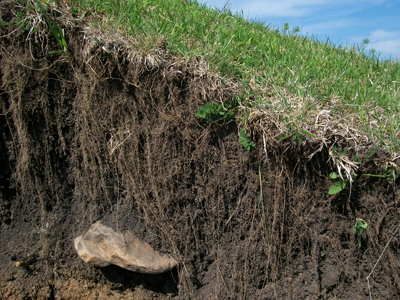
soil weathered from rock
Where is Avocado Root Rot Lurking?
So where is the highest potential for avocado root rot in California? It turns out that the Natural Resource Conservation Service has taken the soils maps that have been generated for use by growers, engineers, planners and others over the years and used the data to rate soils for their sensitivity to root rot conditions. In many cases the county-based maps have been updated with new information, as well. It is now much easier to see where root rot would be more likely. The two major soil characteristics of soil texture and depth and how they affect drainage are the major parameters used to assess the root rot hazard. The soil surveys for years were only available in printed form, and then became available online about 2005. Just recently the added feature of identifying “root rot” soils was created. Now at the touch of a button, maps of where these soils are found are available. It looks like all California counties can be viewed from an avocado root rot hazard, even though avocados may not be grown in that climate, like Humboldt, but who really knows what can grow there. Soils that are conducive to Phytophthora root rot for avocados, would also be conducive for root rot in other plants species, as well. So, this information is helpful for identifying where rhododendrons or other susceptible species might have problems, as well.
Of course, this is just the first step in assessing the potential for root rot. Irrigation management is critical for creating root rot conditions that can occur even in soils that are not conducive to the disease. So, a soil identified as having a higher potential for root rot does not mean you cannot plant an avocado in it. The key is water management and how the tree is planted and how that soil is managed.
So, go to the Web Soil Survey: https://websoilsurvey.sc.egov.usda.gov/App/HomePage.htm
Click on an Area of Interest (type in California and your county or even your address)
Once you have a map of your general area, use the tool at the top of the map to delineate the area you want to know more about ![]()
Then click on “Soil Map” tab and you will see the map polygons or soil units for that area
Then click on “Soil Data Explorer” tab to get “Suitabilities and Limitations Ratings” on the left side
Click on “Land Management” and there is “Avocado Root Rot Hazard”
Click on “View Rating” and the map will appear with colored units showing root rot hazard along with a chart showing the root rot hazard of the different soils in the map.
Wow. Watch out for those dark areas.
